When I was a kid in the 1970s, and the World Series was basically the highlight of the sporting year, I was lucky enough to see the Yankees and the Dodgers play against each other three times in the span of just five years. They were like the Cowboys and the Steelers in football, or Ali and Leon Spinks in boxing (since I was a few years too young to appreciate the Ali/ Frazier wars of a few years earlier). They each had other opposition, too, but once they stepped onto the field against each other in October it meant something special was going to happen.
When the World Series gets underway in Los Angeles on Friday night, it will be the first time in many people’s lifetimes that baseball’s most storied rivalry will be renewed on the field. And it won’t be the same as it was back then, because the game itself has changed so much. The old Yankee Stadium is gone, and interleague play (and the universal DH) are now facts of life, whether I like them or not. The game is also more global than it was before, with superstars from around the world in a way that didn’t happen back in the 1970s and 1980s.
For the purposes of what I do here, I’m going to leave off the third and final Dodgers/Yankees matchup from my youth, and focus on the 1977 and 1978 go-rounds here. The Yankees won each time in six games, and so the Dodgers’ current bragging rights (if that’s what a 43 years-ago victory can be labelled as) will be disregarded. There were some differences in player personnel in the 1981 Series, as well, most notably the absence of Thurman Munson and Catfish Hunter for the Yankees, and Don Sutton for the Dodgers. The Yankees added Dave Winfield for the 1981 series, and the Dodgers were led by the late Fernando Valenzuela, Jerry Reuss, and Steve Howe (while their position players were still largely unchanged from the 1970s teams).
As with the players from the 70s on the whole, the vast majority of the players from that Series, who were in their 20s or early to mid 30s at the time, are still with us at this time. I’m hoping that most, if not all, of them, will be watching the games of the next two weeks with great interest, as this rivalry returns for a new generation to enjoy. The next piece, if I can find the time to write it, will focus on the 21 living Yankees and 20 living Dodgers who are in my current card collection and participated in one or both of the two Series. But for this piece, I’ll look at the five Yankees and six Dodgers from those Series who won’t be able to take in any of the games coming up.
First, an important disclaimer to make: I have no Thurman Munson or Catfish Hunter cards to share. Munson died in a plane crash in 1979, as the Yankees were the reigning World Series champs, at the age of 32, and Hunter died in 1999 at the age of 53. I’d be glad to put them in this post, if anything should ever change in the future, but as I type this out on the eve of the 2024 Series I have nothing to display for either of them. Perhaps I will in the future.
But there are also a few departed Yankees that I do have to show here. Two of them didn’t live to the age of 70, and are in what I refer to as the Order of Lyman Bostock. The first is Paul Lindblad, who won two rings with the Oakland A’s earlier in the decade, and was purchased from the Texas Rangers late in the 1978 season. On the day of that transaction, the Yankees were in third place in the American League East, behind the Boston Red Sox and the Milwaukee Brewers.
A Hollywood story would be that Lindblad’s presence as a 36 year-old, in his final season in the major leagues, rallied the defending champs down the stretch and then led them to World Series glory, but the reality was a bit different. The Yankees lost every game he appeared in down the stretch, and he didn’t play at all in the playoffs against the Kansas City Royals that year. But he did get in two plus innings of work in Game one of the World Series, and was one of those rare players who ended his playing career in a World Series game, and he even picked up a third ring, to boot.
The other Yankee from that era was Jim Spencer, who spent the 1977 season with the South Side Hitmen in Chicago, but was involved with a bunch of players you’ve never heard of (and some cash) in a trade after the 1977 season which landed him in New York. Getting traded to the defending World Series champions, even as dysfunctional a team as the Yankees famously were, had to be a stroke of good luck for Spencer.
Spencer’s role with the Yankees that year was a Designated Hitter, but the “Hitter” part suggests something more than a .227 average and 7 home runs. Reggie Jackson and Graig Nettles were the thunder in the Yankees lineup, and Spencer wasn’t much more than an afterthought. He batted .167 in the World Series that year and picked up his only championship ring, but that’s still one more than many players will ever get. Jim Spencer died in 2002 at the age of 54.
The Yankees from that era also have three members of what I call the Jimmy Buffett Society, since they died while in their 70s. The most recent is Don Gullett, who passed away earlier this year at the age of 73. Gullett picked up two rings with the Cincinnati Reds of the Big Red Machine era, a third with the 1977 Yankees (after going 14-4 in the regular season for them) and was on their roster in 1978, although his playing career ended with a double rotator cuff tear in the middle of that season. Still, four World Series winning teams in four seasons? Not too many players can make that claim.
The second of the 70s era Yankees in the Jimmy Buffett Society is Jay Johnstone, who had a 20 year career in the majors and won two rings, one with the Yankees in 1978 and the other with the Dodgers in 1981. He had a unique perspective on this rivalry, to be sure. In the 1978 Series, he played in two games, both as a late-inning defensive replacement and didn’t come to bat once. But in Game 6, he was in right field replacing Lou Piniella when the final out was recorded and the Series came to a conclusion. That had to be a pretty sweet moment, I would imagine.
The final member of the Jimmy Buffett Society for the Yankees of the 70s is Dick Tidrow, who passed away in 2021 at the age of 74. “Dirt” (I love that nickname) was a member of both the 1977 and 1978 Yankee teams, appearing in Games two and five of the 1977 Series (the only times the Yankees lost that year) and Games one and four of the 1978 Series (the Yankees split the two games that year).
The Dodgers of that era also have six players in my card collection who are no longer with us, beginning with Glenn Burke, who was a rookie on the 1977 team. Burke is best remembered, at least in my mind, as being the innovator of the high-five (along with Dusty Baker). But in the 1977 World Series, he started Game one in centerfield, and largely disappeared after that. Burke was traded to Oakland the following year, and died of AIDS in 1995 at the age of 42.
Another Dodgers member of the Order of Lyman Bostock is Johnny Oates, who had been traded by the Phillies after the 1976 season to the Dodgers for Ted Sizemore. He logged one at-bat in the 1977 Series (he lined out in Game five, a Dodgers’ blowout victory) and two plate appearances in 1978 (a walk and a single, again in Game five). This was his only World Series action in an 11-year playing career. He passed away in 2004 at the age of 58.
A final member of the Order of Lyman Bostock from the Dodgers of this era is Lance Rautzhan, who played in the World Series in each of his first two seasons in the majors. He had a four-year playing career in the majors, so two Series appearances in that time is very notable, indeed. He made one appearance in 1977, and two appearances in 1978, and was out of baseball for good after the 1980 season. But those 12 batters he faced in the World Series appearances were the stuff the rest of us can only dream about. Rautzhan died in 2016 at the age of 63.
The sole Dodgers member of the Jimmy Buffett Society is Hall of Fame pitcher Don Sutton (curiously, he’s the only Dodgers player from that era to be so enshrined). He was the ace of the Dodgers staff in the 1970s, and his record in the two Series was certainly mixed. He had no decision in Game one of the 1977 Series, and took the win in Game five that year, to keep the Dodgers’ hopes alive. But he lost both of his starts in 1978, in Game three and Game six, and his ERA of 7.50 didn’t help the Dodgers too much, either. Sutton won 324 games in his 23-year career, and was elected to the Hall of Fame in 1998. He died in 2021 at the age of 75.
Unlike their Yankee rivals, the Dodgers have two members of what I call the Tina Turner League, which is players from the 1970s who died while they were in their 80s. It’s a very small group at the moment, but with additions such as Pete Rose and Luis Tiant in the past few weeks, and over 100 former major leaguers now alive and in their 80s, this number is due to increase steadily in the years ahead. (NOTE: Within 48 hours of when I wrote this, Rudy May joined the fold.) The first of these is Jerry Grote, who passed away in April of this year at age 81.
Grote won a championship with the Miracle Mets in 1969, and he remained in New York until he was traded to the Dodgers late in the 1977 season. Since the Dodgers already had Steve Yeager as their established starting catcher, Grote played in only a handful of games for them that season. He registered exactly one appearance in the 1977 World Series, catching the final four innings of Game one and popping out in his only plate appearance. In 1978, he caught two innings in Game three and again in Game four, but he didn’t come to bat. Still, that’s more game action (and in the World Series, too) than most of us could ever dream about.
The final card to be discussed here is Vic Davalillo, who had won a ring in Pittsburgh in 1971 with Roberto Clemente, and another in Oakland in 1973, before spending three seasons in the Mexican League. His contract was purchased late in the 1977 season, and he went 1-for-3 in both the 1977 Series and the 1978 Series. He didn’t help his team to victory either year, but it had to be better than playing in the Mexican league, right? Davalillo passed away near the end of 2023, at the age of 84.
R.I.P. to all of these players, and to Fernando and Rudy May as well.
Until next time….




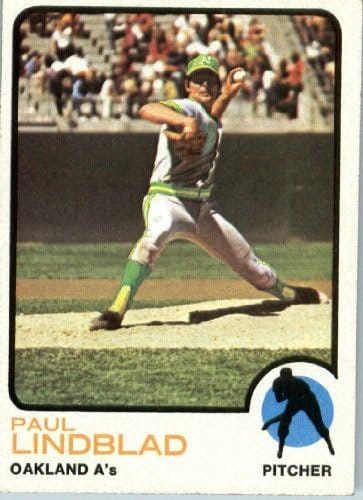
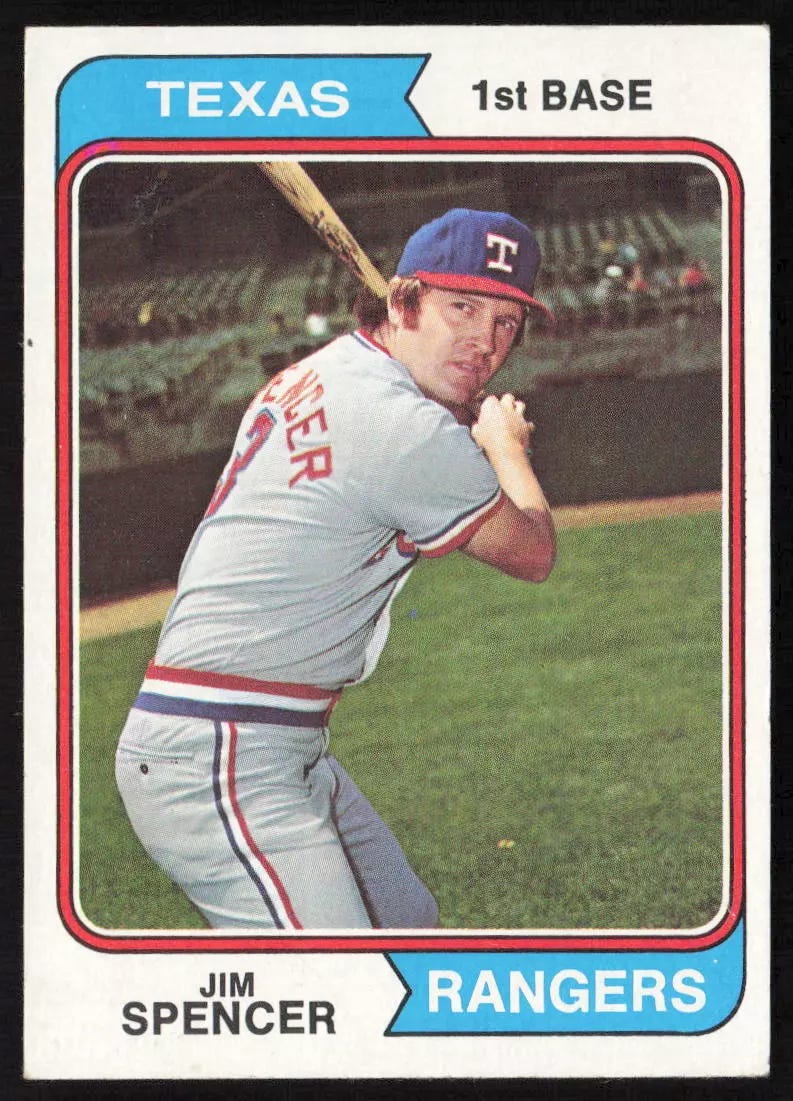

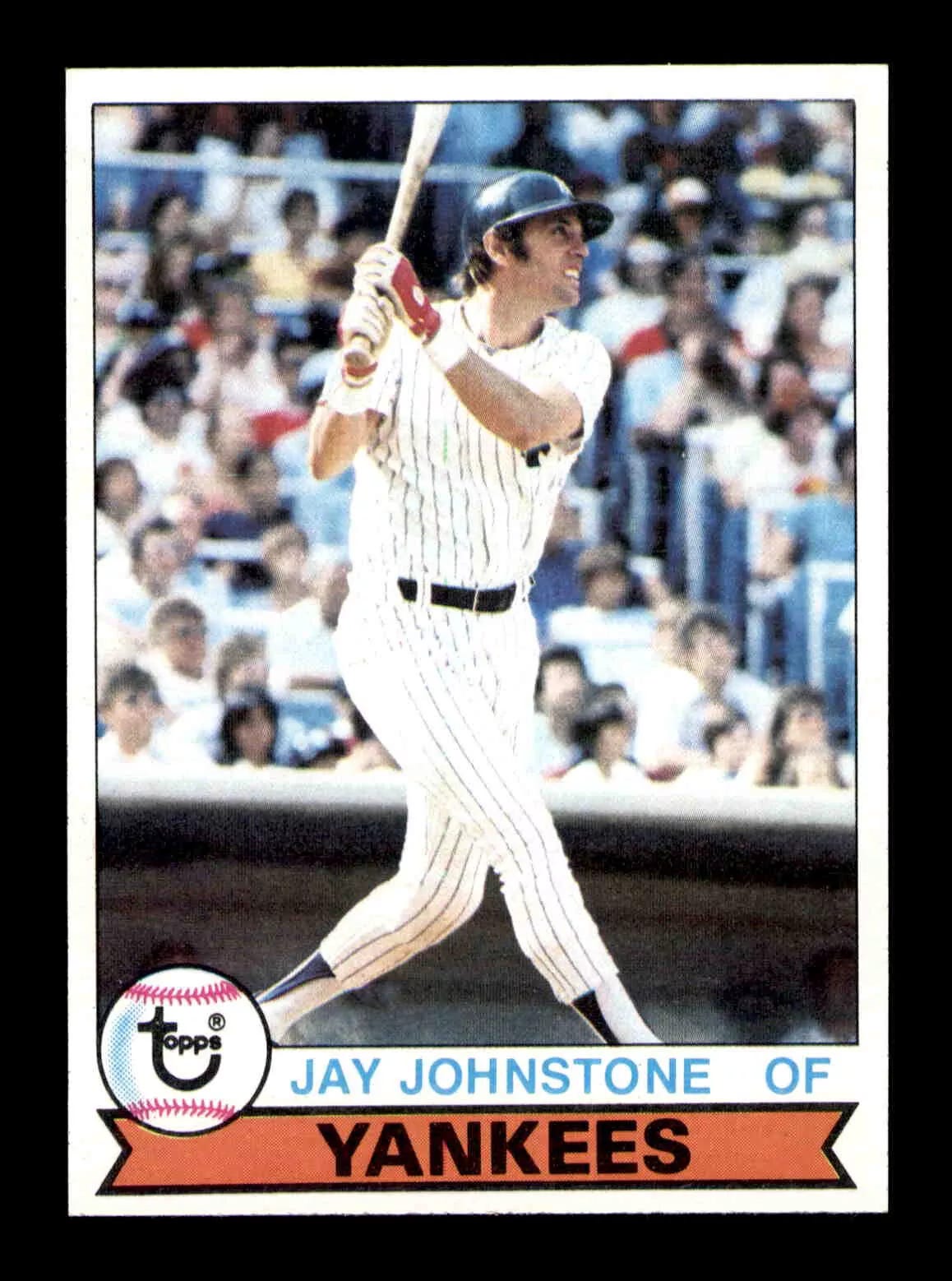
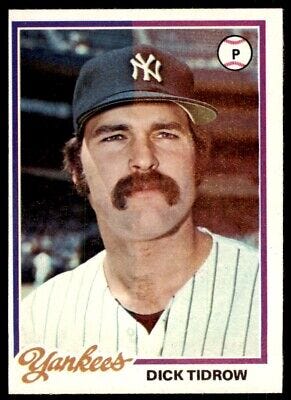
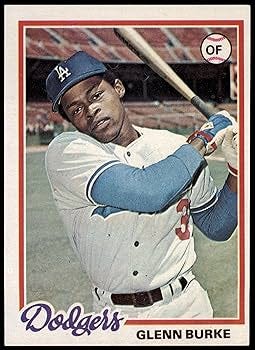
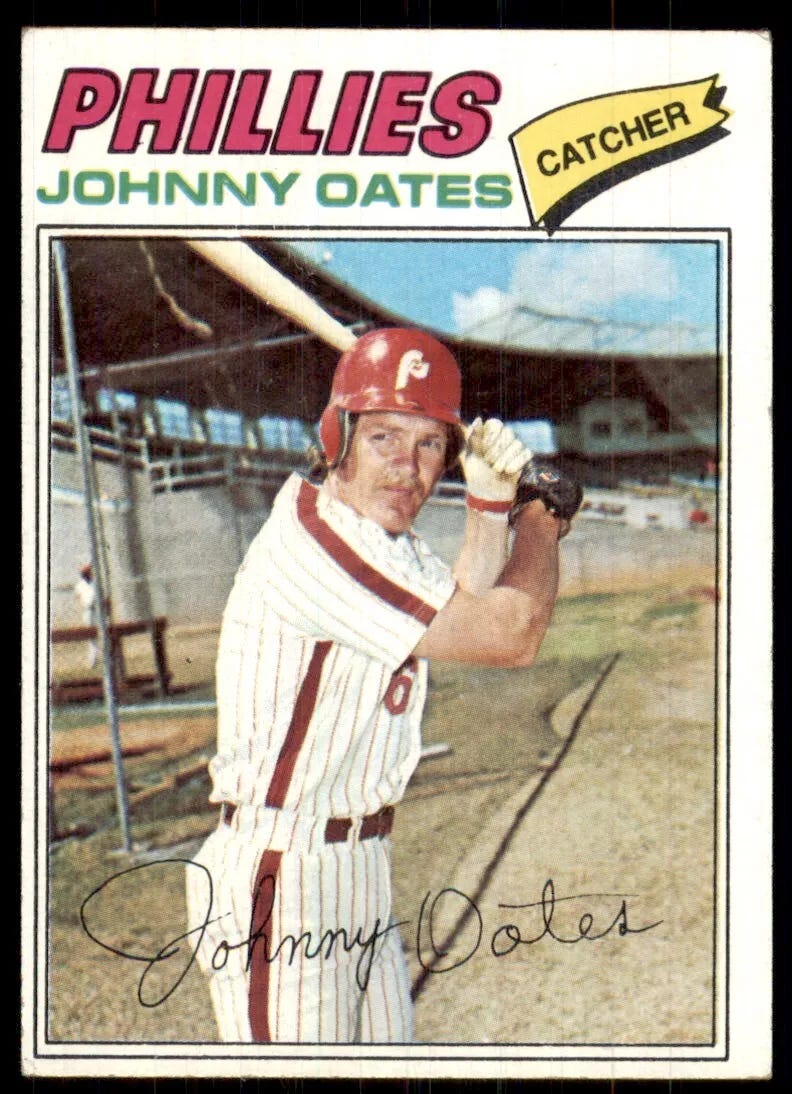


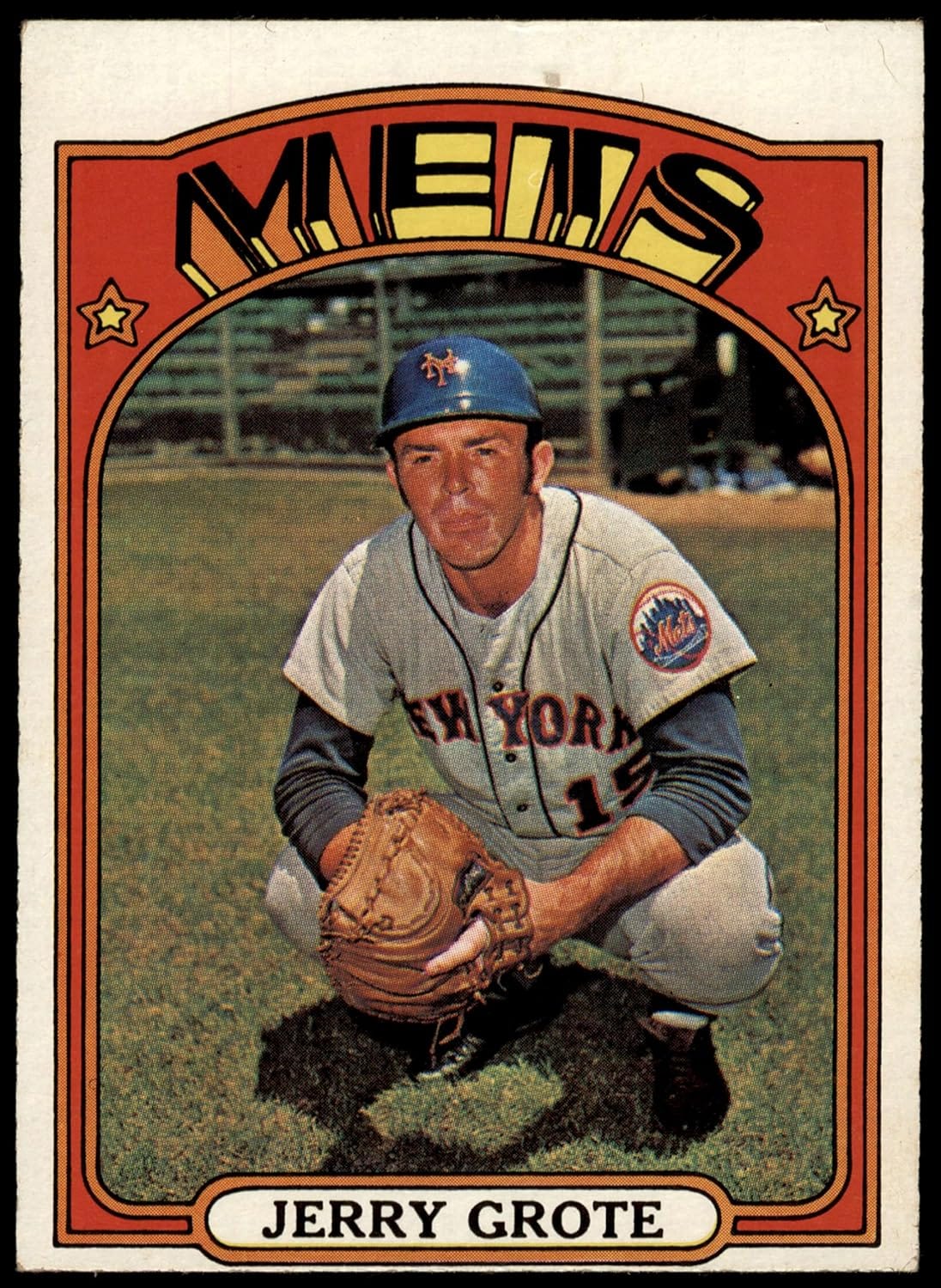
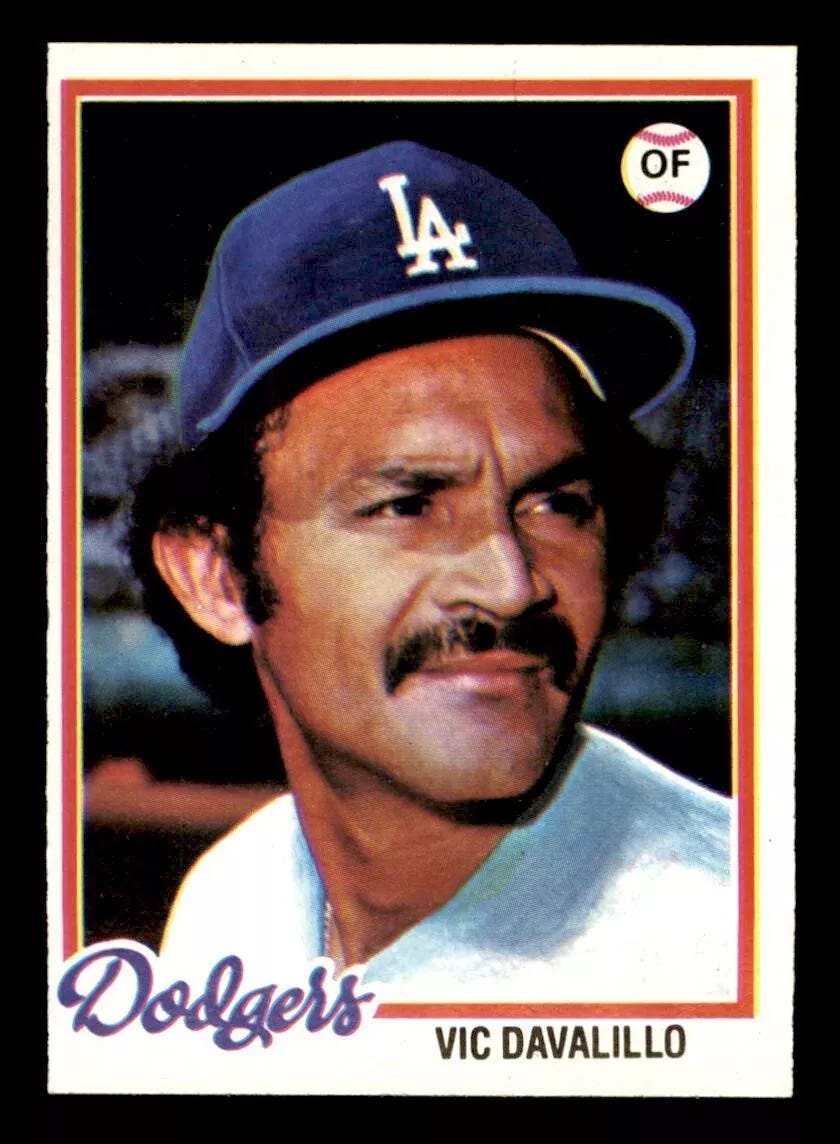
Excellent remembrance, including Jerry Grote’s card, which is one that I had, and whose image is burned into my memory. Enjoy the Series!